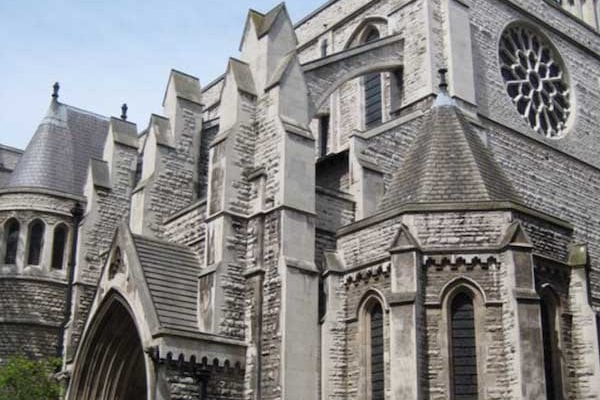St James's Church
Services: Woodworm, Penetrating Damp, Rising Damp and Condensation
London is a city that is subjected to light to moderate rainfall most days of the year. And there is also the fact that most of the buildings in and around Central London, are very old, with a lot of them dating back to the Victorian era. As a result, it's not surprising that many of these buildings and structures develop woodworm or condensation issues over time. That being the case, our client in this particular case was the iconic St. James's Church.
The church was in need of some TLC, as it was not only showing its age but, upon closer initial inspection, showed issues such as penetrating damp, woodworm, and condensation throughout its structure.

How We Approached the Project
With a structure as old as St. James's Church, it was not altogether surprising that these issues developed, but we knew right away that it was in need of immediate repair before the damage to the structure spread and parts of the building deteriorated beyond repair.
Constantly mindful of the age and heritage of the church, our LDS (London Damp Specialists) team began by carefully treating all timbers for signs of woodworm infestation.
What Is Woodworm?
"Timber Treatment" is a term that commonly refers to the degradation of wood in buildings, particularly those built many years ago when there was often an abundance of lumber incorporated—up to 75%. Consequently, it's important to take steps towards protecting your property from any serious timber decayers and destroyers. The three key culprits are dry rot, wet rot, and woodworm, all capable of causing varying levels of damage. Our damp professionals are seasoned experts when it comes to timber treatments, especially on older, more delicate structures.
Woodworm, in particular, is a nasty problem to have. Wood-boring insects, whose larvae burrow into timber and feed on it for a lengthy period of time, are collectively referred to as "woodworms." The eggs laid by these species on the surface of wood quickly hatch upon contact with air and begin their journey through the timber.
Wood-boring insects can cause serious damage to wooden structures, and if a woodworm treatment is not completed fully, the problem will simply reoccur. To prevent this cyclical process from continuing, it's important that you seek out experienced professionals who have the ability to provide an effective and complete woodworm treatment. Eliminating these pests for good should be your first priority when protecting your property.
Tackling the Condensation
The other major issue present in the building was the condensation that had formed as a result of the penetrating and rising damp, so we carried out repairs to the failed exterior render. The interior plaster was removed and treated with waterproof plaster, preventing future water damage and allowing the church to remain a stunning community focal point.
Why Does Penetrating and Rising Damp Occur?
If you're noticing moisture spots on your ceiling, the culprits may be cracked tiles in the roof or even issues with plumbing pipes. In contrast, if damp appears on walls, it may indicate an issue outside of your home, such as inadequate plastering or brickwork masonry joints that are not properly sealed. To avoid these costly repairs and protect against further damage from penetrating damp, it's important to identify any potential sources quickly and rectify them immediately.
In contrast to penetrating damp, rising damp is caused when moisture from the ground below rises up into your walls. This can be caused by an outdated or improperly installed damp-proof course, as well as damage from adjacent structures such as steps, which allow moisture to penetrate porous materials.
Rising damp can also occur when wall construction ages. As walls age and their bricks become more porous, cracks may form in the material, which create pathways for moisture to travel up—this is known as capillary action. Rising damp can quickly become a problem if a wall is built improperly or has been standing for an extended period of time.
